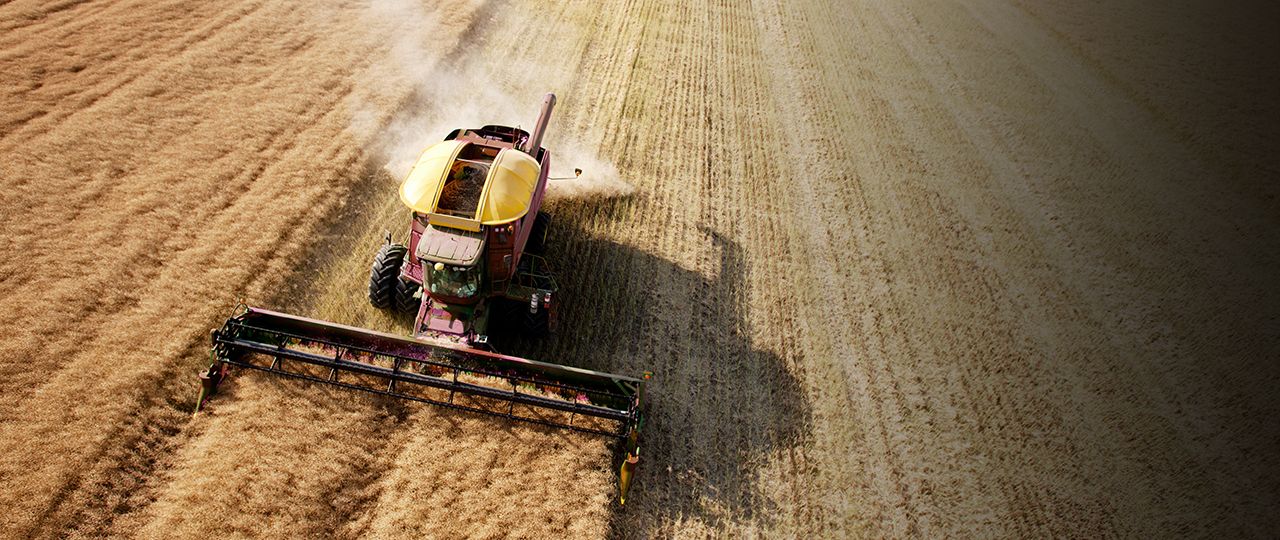
On most arable farms yield is a good proxy for profitability. Cost control is important but, in most cases, it is higher yields that leads to higher profitability.
So if yields are the key to a more profitable business – that begs a question: Who are the farmers who are consistently delivering on yield and what lessons can we draw from them?
Is bigger better?
Farm size is an emotive subject, so the question ‘does size matter’ is not one to be taken lightly.
The last serious study on farm size and efficiency was carried out in 1975 and concluded that while bigger farms tended to be more profitable and productive they did not necessarily produce higher yields.
We decided to use data from Strutt & Parker’s harvest survey as our starting point to see if there has been a change over the past 40 years.
The 2016 survey is based on figures from 129 farms, covering 54,000ha, mainly located in the East of England, Midlands and the South East of England. The average farm size is 416ha.
Our initial analysis of the data suggested there could be a small – but statistically significant – difference between farms of a different size. The figures suggested that yields could be 0.1-0.3t/ha higher than the average on farms over 1000ha.
This led to a working hypothesis that these larger farms may have invested in newer machinery or have a highly-skilled workforce that is being better utilised – hence higher yields.
However, when all farms were plotted by size against each other it revealed another important truth.
Across the range of yields seen in 2016, we saw a fairly even distribution of farm size. It highlights that not all large farms are delivering higher yields, just as not all farms of under 1,000ha are delivering lower than average yields.
So it seems like size is no more of a factor when it comes to yields than it was 40 years’ ago.
So what is it that makes the crucial difference?
Attention to detail
With farmers facing the growing challenge of weed and pest resistance, the timing of operations has become ever more crucial and attention to detail is needed to get the best results.
What we believe leads to higher yields is good farm management, which encompasses a range of physical behaviours, as well the need to adopt the right mindset.
In our experience, the farmers getting the highest yields are those are walking their fields every two or three days and have a really good understanding of how their crop is evolving each week.
They monitor their own performance and identify where yields are lost so they understand what is limiting potential and how systems can be tweaked to improve consistency.
They constantly challenge themselves, even when performing well, focusing on what they could change to realise even more of the potential of their land.
They also make sure their team is engaged in what they are trying to achieve, so everyone is pulling in the same direction.
In short, they are looking to do everything, that little bit better and reaping marginal gains across the board.
Conclusion
Size can bring advantages in terms of lower machinery costs per hectare and the ability to secure good deals on inputs.
But if there is a secret to higher crop yields it lies with attitude and effective farm management more than scale.
